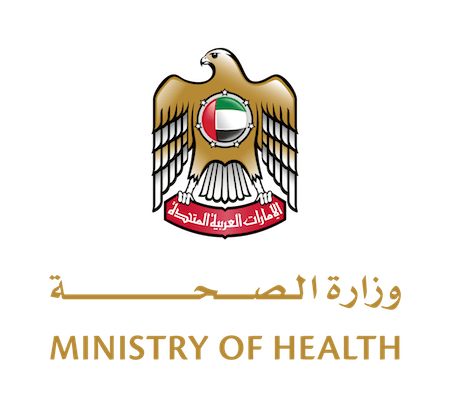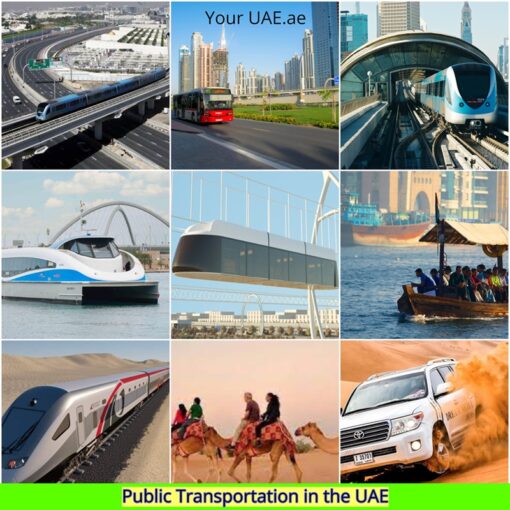Introduction to UAE’s Transport Infrastructure
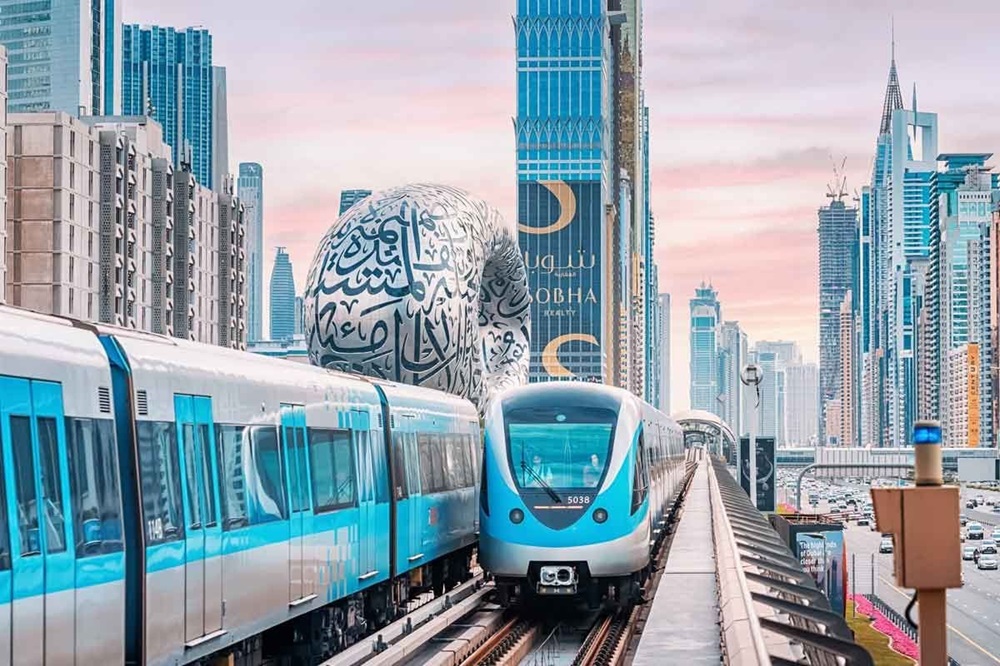
In the last few decades, the United Arab Emirates (UAE) has changed dramatically, going from a desert country to a major centre of innovation and development worldwide. A top-notch transportation system that effortlessly links its thriving urban centres and outlying villages is at the centre of this growth. The United Arab Emirates’ public transport infrastructure, which includes cutting-edge buses and high-speed rail, is evidence of the nation’s dedication to offering its citizens and visitors effective, secure, and environmentally friendly mobility options.
The Evolution of Public Transport in the UAE
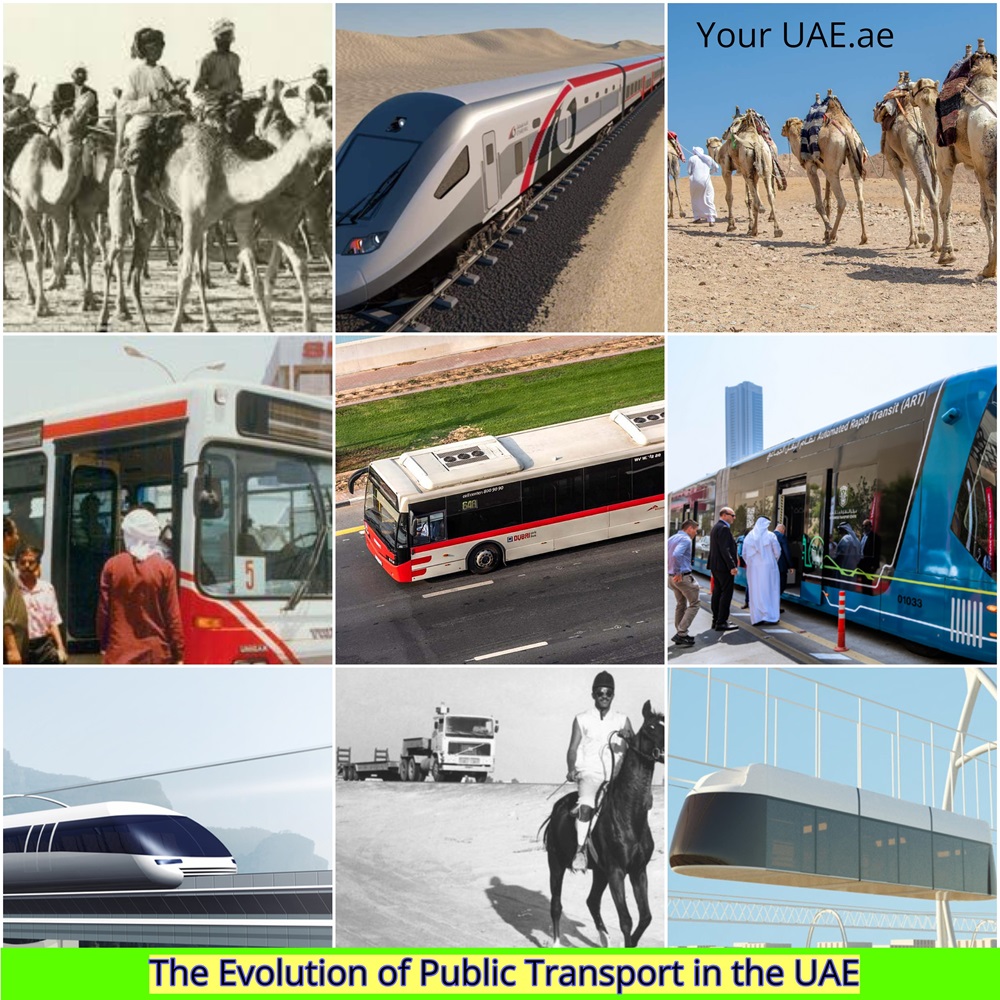
When it comes to public transportation, the UAE’s system has advanced significantly. Taxis and minimal bus services were the only modes of public transportation available in the nation in the 1970s. But as the population and economy of the UAE expanded, so did the need for more sophisticated and all-encompassing transportation choices. A major turning point in the history of public transportation in the United Arab Emirates was the launch of the Dubai Metro in 2009, which established a new benchmark for urban mobility in the area.
Metro Marvels: Navigating Urban Centers with Ease
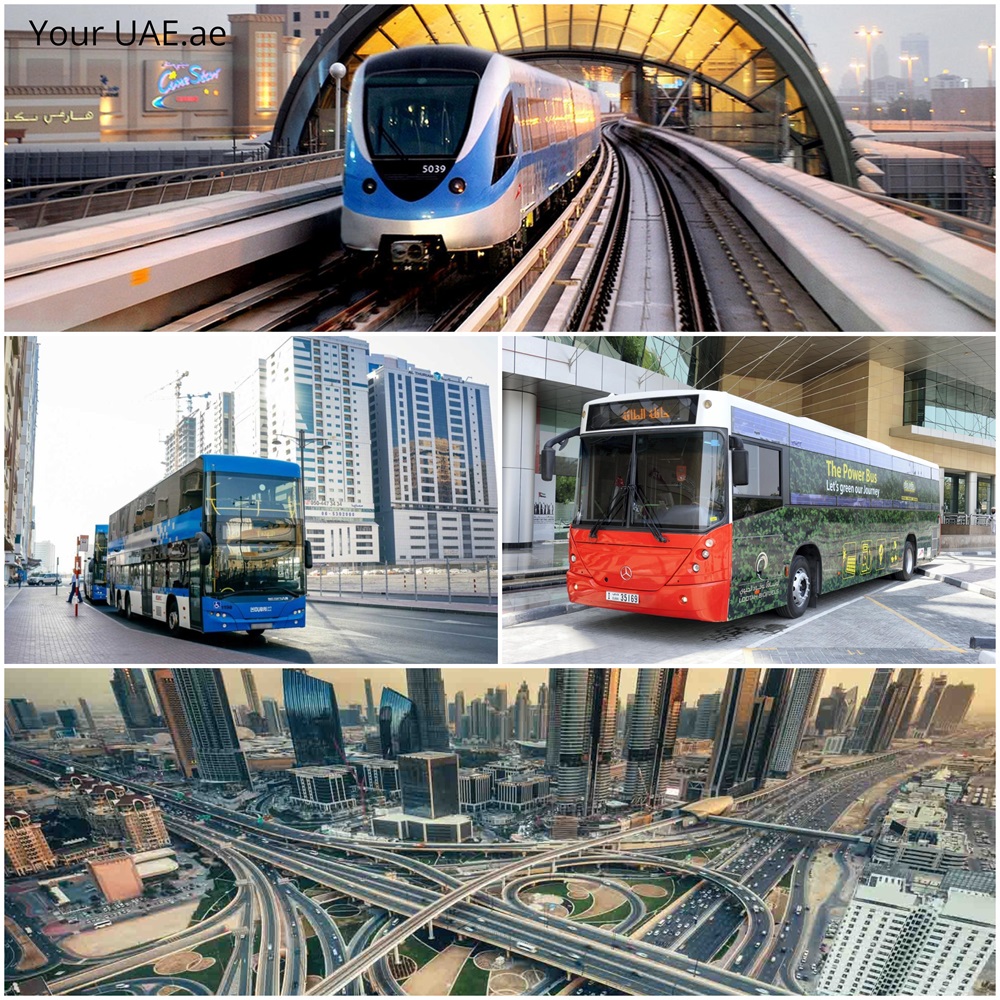
The Roads and Transport Authority (RTA) oversees the fully automated Dubai Metro rail system, which consists of two lines: the Red Line and the Green Line. Stretching across 75 kilometres, the Dubai Metro is the mainstay of the city’s public transportation system, linking residential regions, business districts, and important landmarks. With over 200 million travels recorded in 2021, the metro has become a popular choice among commuters due to its efficiency, cleanliness, and accessibility.
Bus Networks: Connecting Cities and Communities
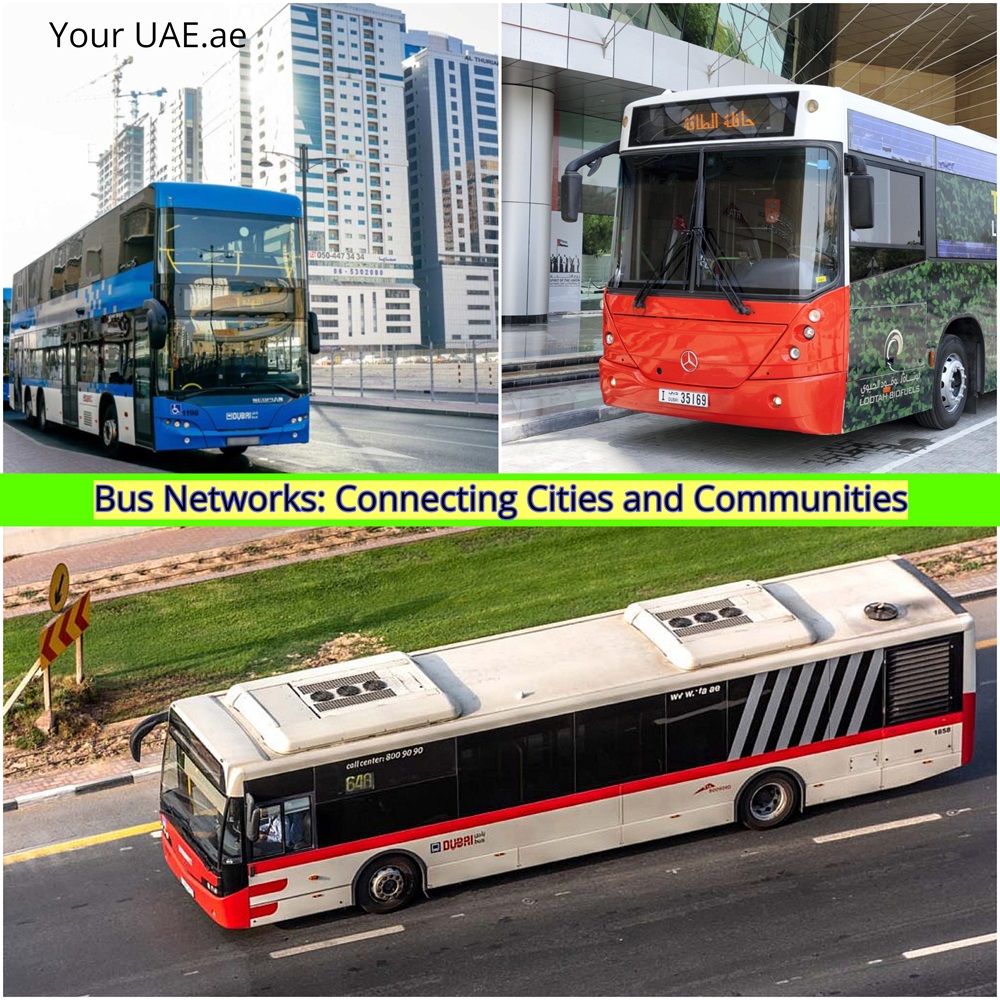
Buses play a crucial role in the UAE’s public transport system, providing widespread connectivity across all emirates. The RTA operates a fleet of 1,518 buses in Dubai, covering 87% of the urban area with 119 internal lines, including 35 lines linking to metro stations. In Abu Dhabi, the Emirate’s bus services were introduced in 2008 and have since expanded to over 95 routes with 650 buses. The buses in the UAE are equipped with state-of-the-art features such as air conditioning, disability-friendly facilities, and segregated sections for women and families.
Inter-city Travel: Highways and Express Services
The UAE’s extensive network of highways and express bus services facilitates seamless inter-city travel. The country’s road infrastructure, which includes the iconic Sheikh Zayed Road in Dubai and the Sheikh Mohammed Bin Rashid Boulevard in Abu Dhabi, connects all seven emirates. Express bus services operated by the RTA and other transport authorities provide a convenient and affordable alternative to private vehicles for intercity travel.
Waterways and Ferries: Coastal Connectivity
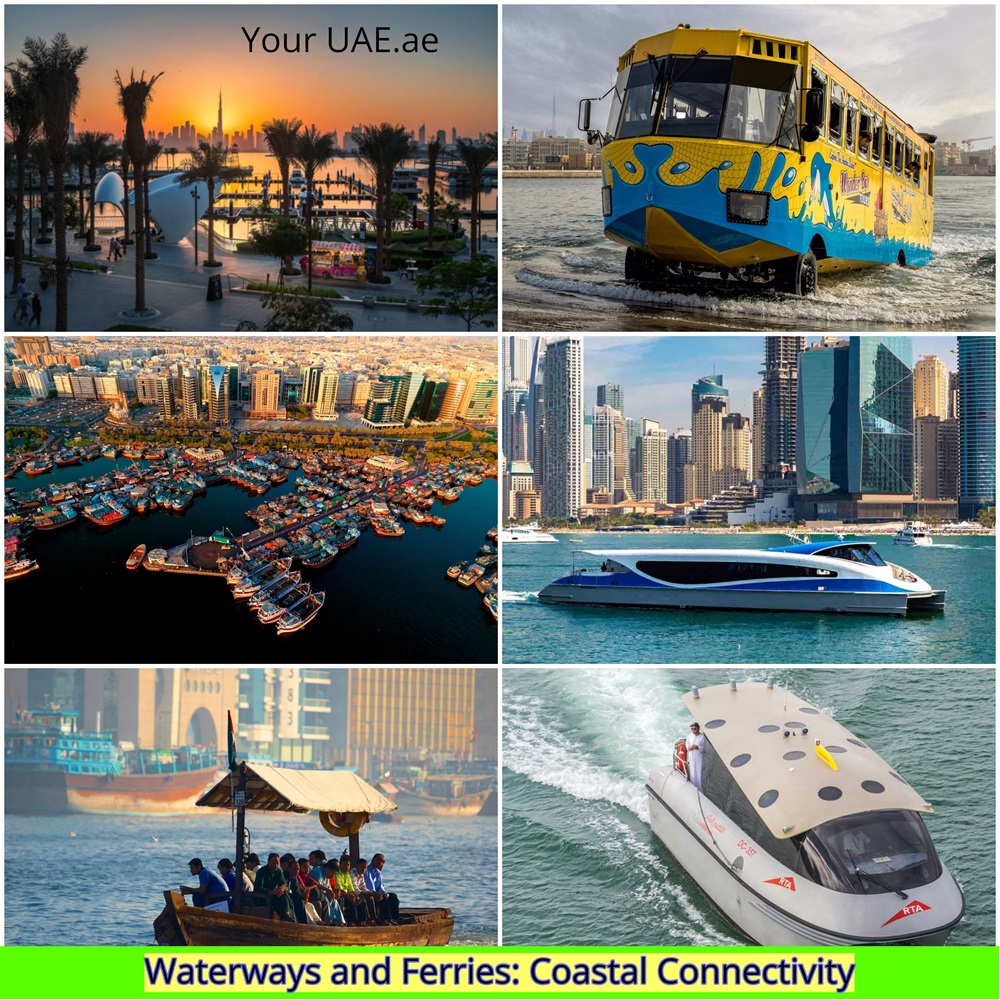
The UAE’s coastal location has also been leveraged to provide water-based public transport options. In Dubai, the RTA operates a water transport system that includes water buses, water taxis, and the Dubai Ferry. These services connect various points along the Dubai Creek and the coastline, offering a unique and scenic mode of transportation.
Taxis and Ride-Hailing: The Last Mile Solution
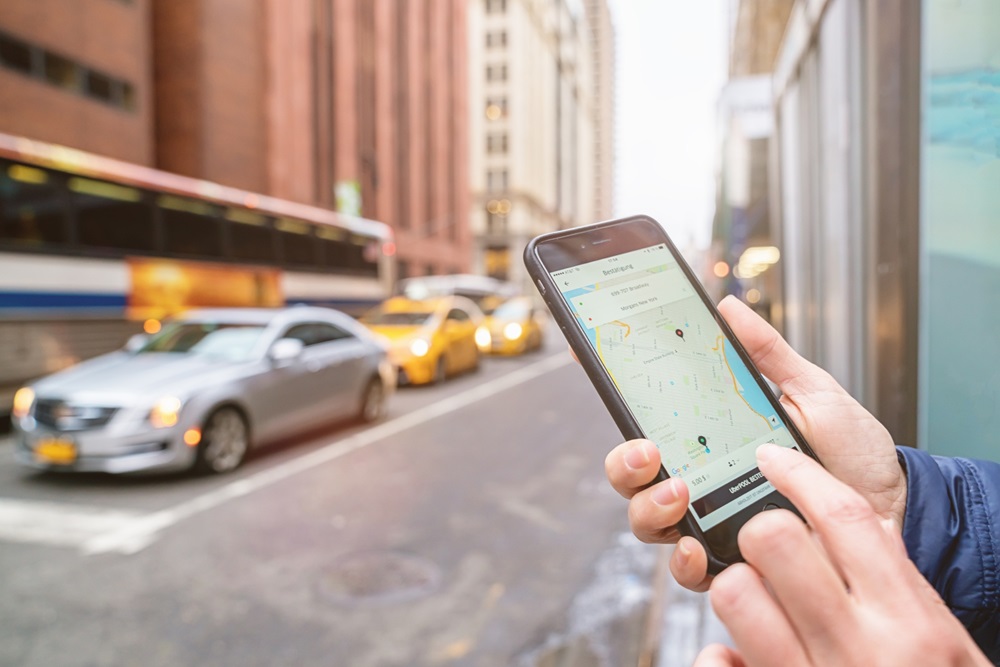
In the UAE, ride-hailing services and taxis are essential for supplying the “last mile” connectivity in the public transportation network. Traditional taxis as well as premium and luxury options are available in the nation’s fleet, which is operated by different authorities. In recent years, ride-hailing services like Careem and Uber have also grown in popularity since they provide a practical and on-demand substitute for traditional taxis.
Accessibility: Ensuring Inclusive Transport Services
The UAE is dedicated to making sure that everyone, including those with special needs and impairments, can use its public transportation system. Accessible amenities including ramps, reserved sitting sections, and audio-visual aids are available in the metro, buses, and taxis. Additionally, the RTA provides door-to-door service and specially equipped vehicles as part of its dedicated transport service for those with impairments.
Tech Innovations: Apps and Smart Solutions for Commuters
The UAE has embraced technology to improve the quality of the public transportation system’s user experience. With only one tap, commuters can pay for a variety of transportation options, such as buses, trains, and metro, with the contactless smart card Nol card. Travelers may plan their trips more easily because the RTA’s website and mobile app offer real-time information on routes, schedules, and service updates.
Sustainability Initiatives: Greening the UAE’s Transport Future
The United Arab Emirates is aggressively striving to lessen the environmental effects of its transportation industry as part of its commitment to sustainability. In Dubai, the RTA has unveiled a fleet of environmentally friendly buses powered by rechargeable batteries. The nation is also investigating the use of biofuels and compressed natural gas (CNG) as alternative fuels for its public transportation fleet. These programs support the UAE’s overarching sustainability objectives, which include lowering carbon emissions and advancing sustainable energy sources.


